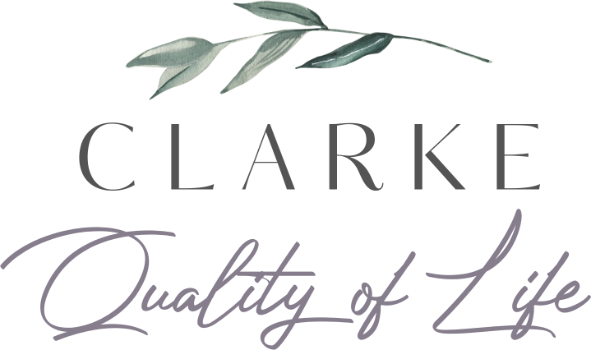Migraine Management
Migraines can cause severe throbbing pain or a pulsing sensation, usually on one side of the head. It's often accompanied by nausea, vomiting, and extreme sensitivity to light and sound. Migraine attacks can last for hours to days, and the pain can be so severe that it interferes with your daily activities. Headaches, including migraines, are in the top 25 primary diagnoses of emergency room visits.
Our Migraine Treatments

SPG (Sphenopalatine Ganglion) Treatment
The sphenopalatine ganglion (SPG) is a cluster of neurons that sits behind your nose and above your mouth. A nerve block can be applied to the SPG as a treatment for migraine headaches. It contains autonomic nerves and sensory nerves.
A nerve block is a procedure to stop pain transmission through anesthesia to the nerve. In an SPG block, an anesthetic agent is administered to the collection of nerves in the ganglion. The least invasive way to access the SPG is through the nose.
SPG blocks do not involve needles but can reduce pain immediately and last several weeks.

IV Therapy
IV hydration therapy contains fluids, electrolytes, and vitamins with optional add-ons such as Glutathione and anti-nausea medications such as Zofran. IV hydration can reduce acute migraine attacks within 15-45 minutes after the initial infusion to improve the symptoms of migraines and headaches.
They provide hydration, electrolytes, and vitamins that are delivered directly into your bloodstream. This means faster and more effective relief than taking oral medications. IV therapy also quells overactive nerve endings, as well as targets each individual symptom — inflammation, pain, and nausea — at the same time.

Glutathione Injections
Glutathione is an antioxidant that can help reduce migraine intensity. Migraine triggers can deplete antioxidants and are associated with oxidative stress. Antioxidants stop oxidative stress meaning that increasing your Glutathione levels could combat oxidative stress and migraines.
If interested, Dr. Khalilah Clarke is also a specialist in Botox treatments for chronic migraines.

Occipital Nerve Block
Your greater occipital nerve is responsible for most of the feeling in the back and top of your head. Irritation or inflammation of this nerve can cause headaches.
People with occipital nerve irritation often report pain starting from the base of their skull on one side of their head. The pain may extend as far as the temple, forehead, and behind the eyes.
Occipital nerve blocks are for suppression of chronic or acute migraines. Pain relief can occur frequently within 15 minutes of the block. The duration of the therapeutic response varies widely: a day or up to weeks.

Medication
Medications such as Nurtec and Reyvow are often given by prescription to improve acute or chronic migraines. However, you can have an in-office dose along with a follow-up prescription. If you struggle with Nausea then Zofran may be able to help.
